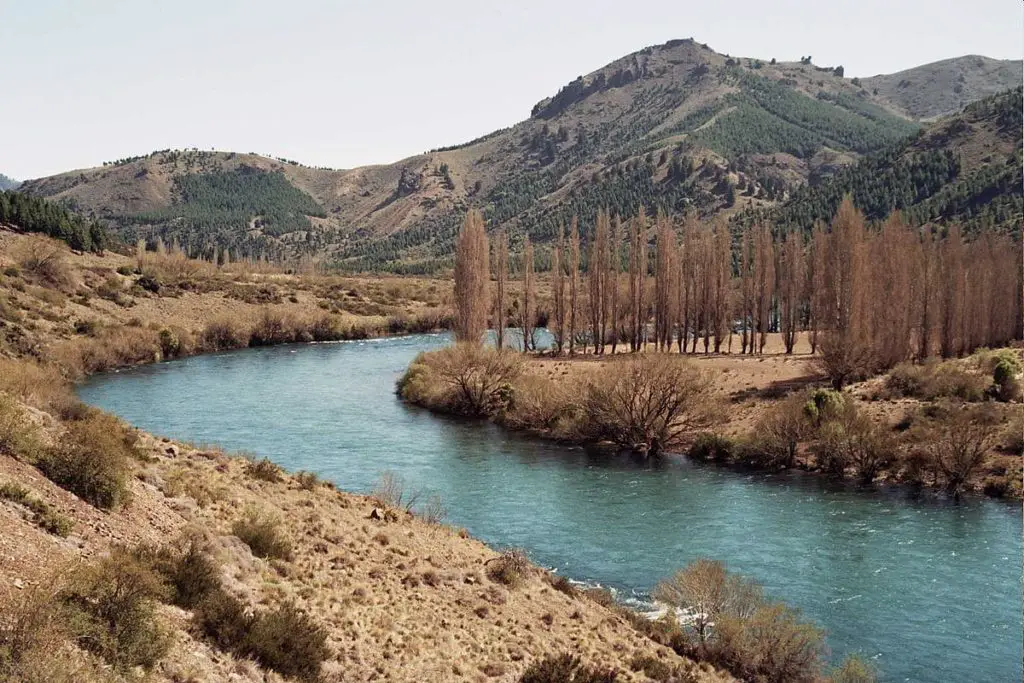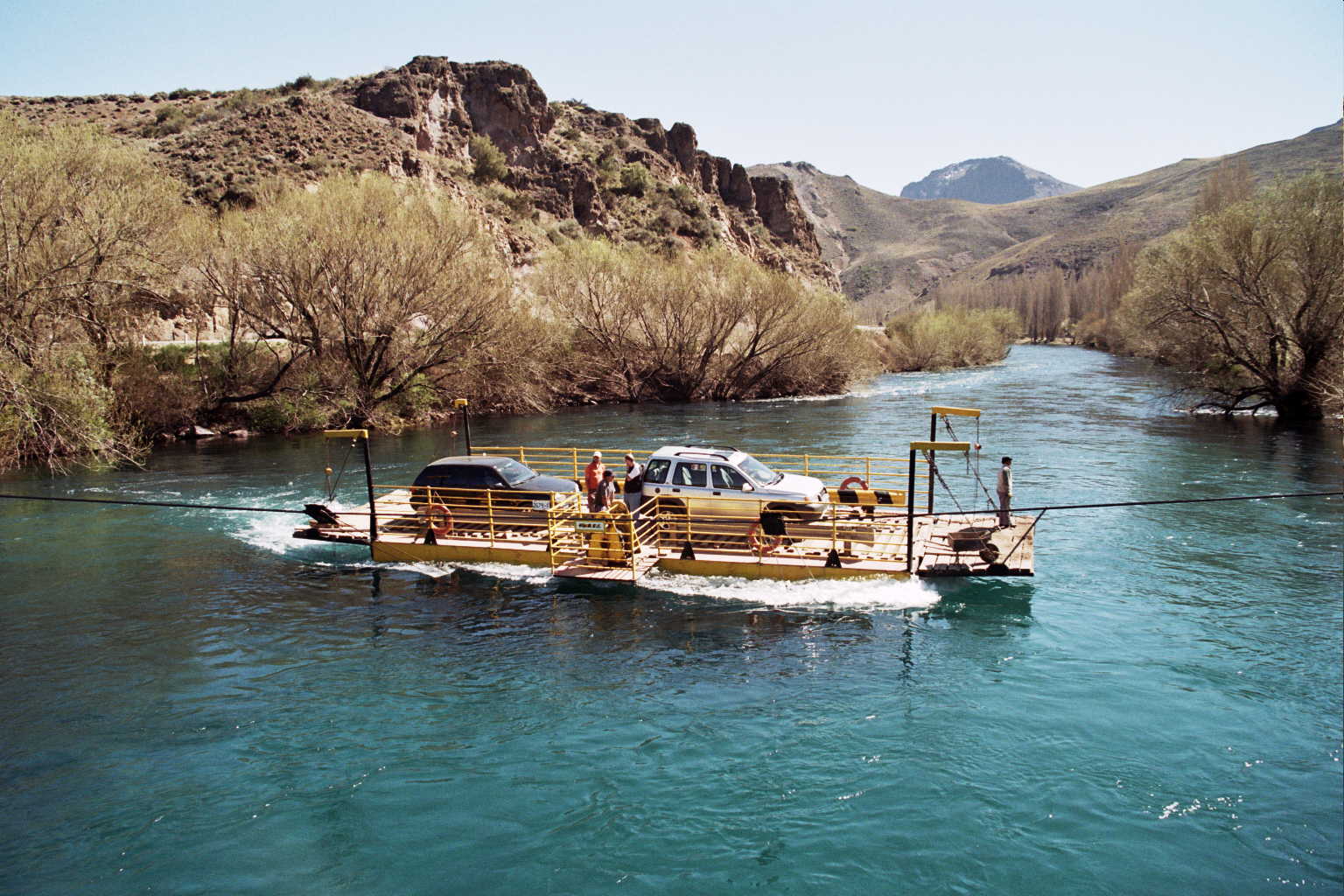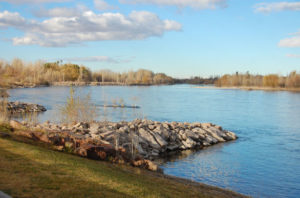In the south of Argentina flows the Limay River, which has one of the largest and most diverse watersheds in the entire Patagonian region.
Indice De Contenido
Location and map of the Limay River
The name of the Limay River means crystalline, reflecting the transparency of its waters, which originate on the eastern side of the Nahuel Huapi glacial lake, in one of the most beautiful areas of the world, at 764 metres above sea level (see also Blue River).
It has a length of 500 kilometres, which can be extended to 617 kilometres if its most distant source is included.
The Limay River flows to the northeast and forms the border between Río Negro and Neuquén.
When it joins this river, it forms the source of the River Negro, at about 256 metres above sea level, which is considered its mouth.
The Limay river basin
The Limay River basin has a surface area of 63700 km2 and an average annual discharge of 224m2/s, with variations in December and April. Its waters include a large number of rivers and streams coming from the Atlantic basin, as well as interconnected lakes such as the Nahuel, the Huapi, the Correntoso, the Moreno and the Gutiérrez.
Its main tributaries are the Traful, Picún Leufú, Collón, Curá, Pichileufú and, of course, the Neuquén, with which it forms the Negro (see also La Plata).
Its most distant sources are the Espejo Lake, 21.7 km long, the Espejo River, 1.2 km long, the Espejo Chico Lake, 3.2 km long, the Ruca Malén River, 2.8 km long, the Correntoso Lake, 17.2 km long, the Correntoso River, 0.3 km long, and the Nahuel Huapi Lake, 74.6 km long.
Several hydroelectric dams have been built on the Limay River to make better use of the power of the water and the height of the Nahuel Huapi Lake (see also Caroní River).
These are the Pichi Picún, Alicurá, Leufú, Arroyito, Piedra del Águila and El Chocón dams. The PIAP heavy water industrial plant, the only one of its kind in South America and the one with the largest production capacity in the world, was also built near the dams and on their waters.
Fishing in the Limay
Despite the fact that the Limay River is subject to frequent changes in water levels due to the opening and closing of power stations, which makes it difficult for fish to survive, and that pollution also causes changes in some sections, its currents continue to be a great source of fishing, especially for trout (see also the Cea River).
Brown trout grow to be giants, as do rainbows, which join salmon, perch, puyenes and other species of the region.
The productivity of the Limay is such that it is classified according to the level of its sections: the upper Limay, the middle Limay, the lower Limay and the rest of the Limay.
Rafting on the Limay River
The Limay River is an excellent option in the Patagonia tour, because while sailing among volcanic rocks, you can enjoy landscapes adorned with birds, deer, guanacos and other great diversity of species in the nurtured flora and fauna of the area.
Kayaking and rafting are some of the unmissable options on this river, which mixes rapids with gentler currents. Many groups include stand-up rafting.
Polluted Limay River
Over time, and although it still retains many of its excellent qualities, the Limay River has undergone important changes that have caused harmful imbalances in its waters, making it one of the most polluted in Patagonia.
The worst affected area is the town of Plottier, near Neuquén, where faecal coliforms exceed the limit. Some resorts have been closed and communities are organising to demand more action from the authorities. Studies and reports are waiting for immediate solutions.
The legend of Limay and Neuquén
There is a Mapuche legend that tells the story of the chiefs Limay and Neuquén, who became enemies because of their love for the beautiful Raihué, and to conquer her they had to compete by reaching the sea and bringing her a conch shell, so they were turned into rivers by the gods.
But the jealous wind convinced the girl that they would not return, and she committed suicide by turning into a plant. The same wind told the rivers what had happened, after blowing hard until they were united, and the rivers, full of grief for Rahué, put aside their grudges, embraced each other and merged forever, giving birth to the Black River.



